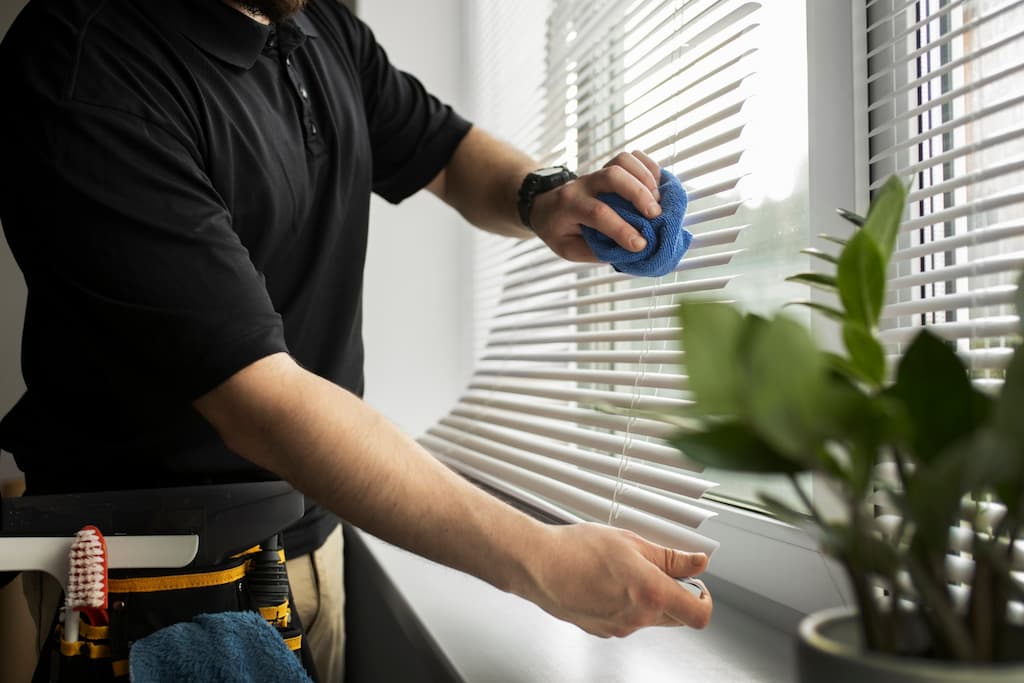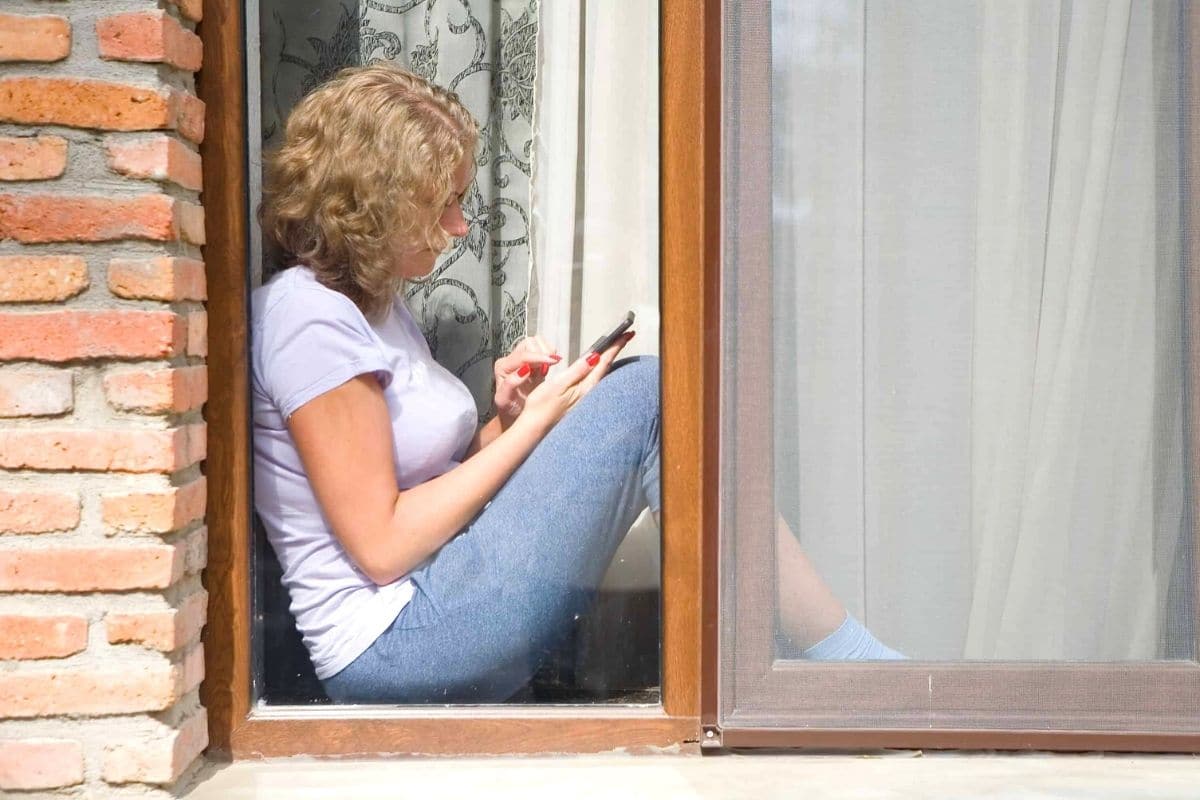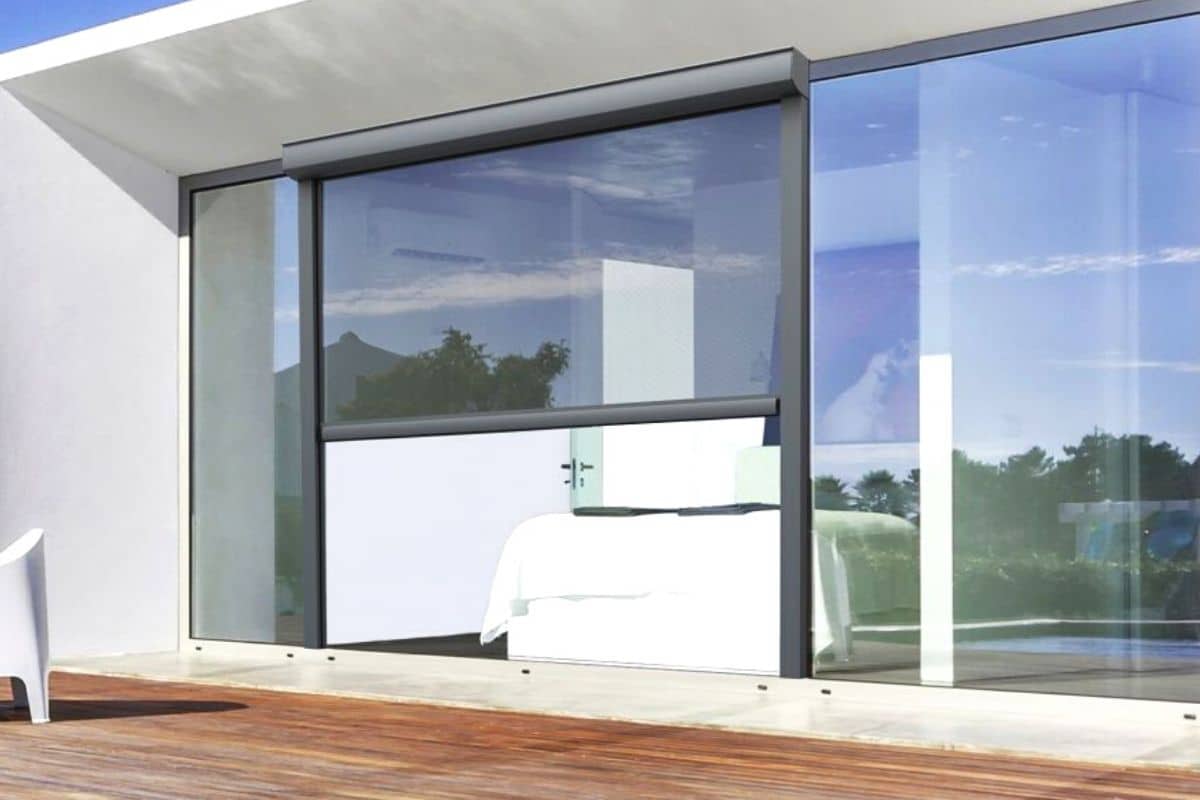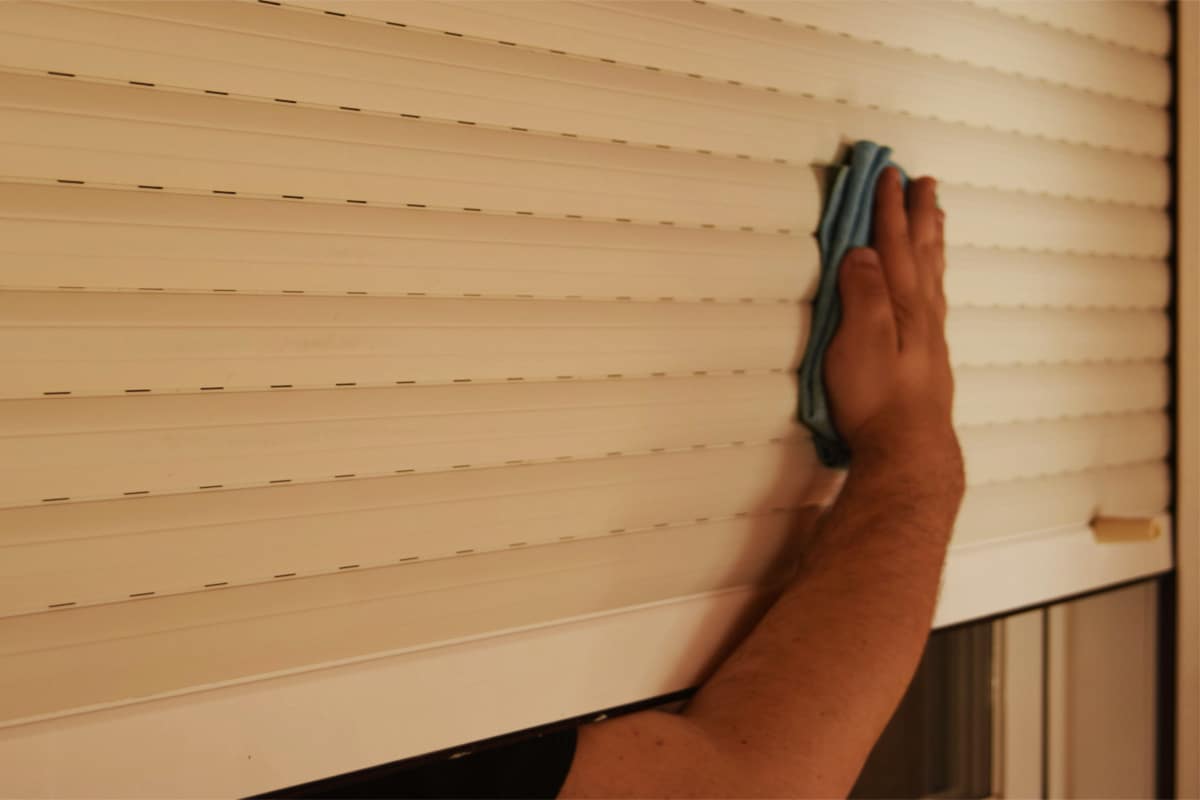How to install a home automation system, quick and easy!
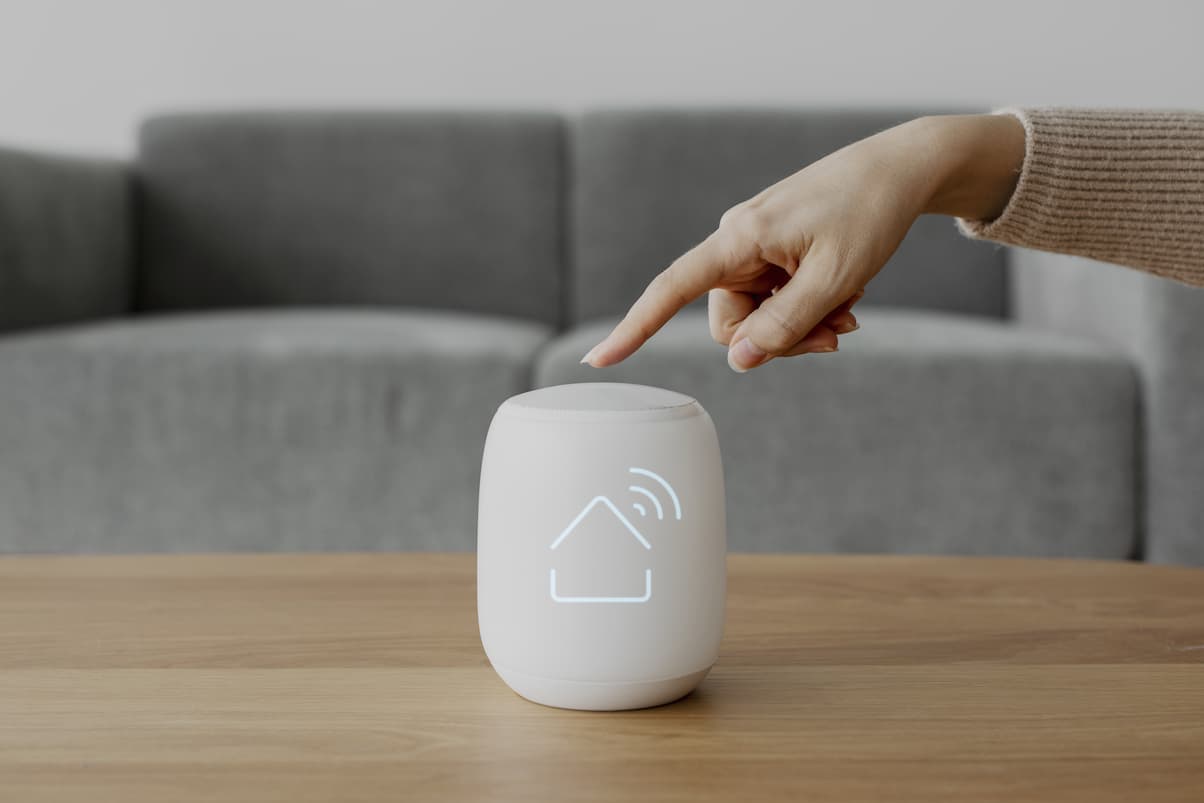
It is estimated that there are more than 1.2 million home automation devices installed in Spain. And, given the possibilities offered by this technology, our country has become the fifth European territory with the highest investment in home automation in Europe. Do you also want to take advantage of the characteristics of home automationStay and read! Because today we are going to tell you how to install a home automation system.
What are domotic installations?
This is not the first time we have explained what is home automationso we'll get straight to the point so as not to bore you. These installations are a set of technologies applied to the control and intelligent automation of the home.
Why does a home automation system add value to the home?
So, what does home automation allow you to do and why is it so recommendable? You see, it has multiple applications in modern homes. It is synonymous with comfort, time saving and energy efficiency. We tell you more in our article on the advantages and disadvantages of home automation.
Estimates of the energy savings that can be achieved by home automation are 26%.
How does a domotic installation work?
But... how does a home automation system work? Broadly speaking, these installations are linked to the various means of transmitting information. In this way, the user can send commands to devices such as:
- Roller shutters.
- Household appliances.
- Radiators.
- Refrigerators.
- Etc.
There are different types of home automation architecture depending on the control centre:
- Centralised architecture: a central controller is responsible for sending data to the various actuators, based on information from sensors. If the central controller were to stop working, the same would happen to the rest of the home automation system, as the central controller represents the "backbone" of the system.
- Distributed architecture: In the absence of a central control system, all information is distributed via the various sensors and actuators. In these cases, bus cabling or wireless networks are installed.
- Mixed architecture: also called hybrid systems combine the two previous architectures. They can have one central controller or several decentralised ones.
Home automation devices
Maybe you got a little lost in the explanation. If so, don't worry, because we clarify the types of home automation devices that exist:
- Controller. It manages the system according to the schedule you have set and the specific information you have provided.
- Actuator. Carry out the controller's commands. For example, lower your security shutters.
- Sensor. It is responsible for monitoring the environment. The information captured is transmitted to the home automation system.
- Bus. This is the transmitter that carries the information between the devices.
- Interface. Devices and formats that display information to you, either with phone screens, in audio or binary format.
So... How to install home automation at home?
To perform the installation, you have to choose a virtual assistant. The most famous are Amazon AlexaSiri, or the Google Assistant.
When you do, you have to connect the control unit (and the smart speaker). In other words, the brain of the home automation. Often, it is sufficient to link it to the network and place it on a shelf, table, etc.
In addition, you must install, according to preferences, motors and automatisms for roller blindsintelligent thermostats, intelligent thermostats, humidity sensors...
How to install a home automation system without building work?
The truth is that, nowadays, it is not necessary to wire the whole house to have a home automation system. There are already wireless systems that allow you to manage many parts of the home without the need to do so. The advantage of them is that they facilitate the installation of home automation in parts, in case you want to try it out. All you need is a WiFi or Bluetooth wireless network.So the works are not compulsory!
What are the most common home automation installations in homes?
The domotic installations that are most commonly installed in Spanish homes are the following:
- Lifts.
- Control of blinds, awnings and roller blinds.
- Air conditioning systems
- Fire, smoke and leak detection
- Security systems.
- Lights.
- Irrigation.
- Access systems.
In what types of homes can a home automation system be installed?
Nowadays, home automation is suitable for all types of householdsincluding social housing developments. The market also offers more variety and functionality for less money. Moreover, thanks to technological developments, it is easier to use and install. In short, the current offer is of higher quality and its use is more intuitive, manageable by anyone.
How much does it cost to install home automation?
The range of systems and devices is so extensive that the price to install home automation can range from 1,000 to 50,000 euros. However, the costs depend directly on the level of equipment you wish to purchase. What seems to be more or less agreed upon is the starting budget:
- 1,500-2,000 euros for standard equipment in a small flat with 2 rooms.
- 20,000 euros if we are talking about premium equipment for a 4-bedroom luxury villa.
Ultimately, if you're looking to install something decent, you'll need to have a minimum allocation of EUR 1,000.
Conclusion
Now you know how to install a home automation system at homestep by step. You also know how much it can cost you and what benefits it can bring you. If you want to start somewhere, we recommend you to look at Somfy motors or Cherubini Motors because of its low cost and ease of installation. So, if you still haven't saved that 1,000 to start with, don't worry. You can try out the advantages of home automation with these inexpensive devices and then see if you are interested in automating the rest of your home.

